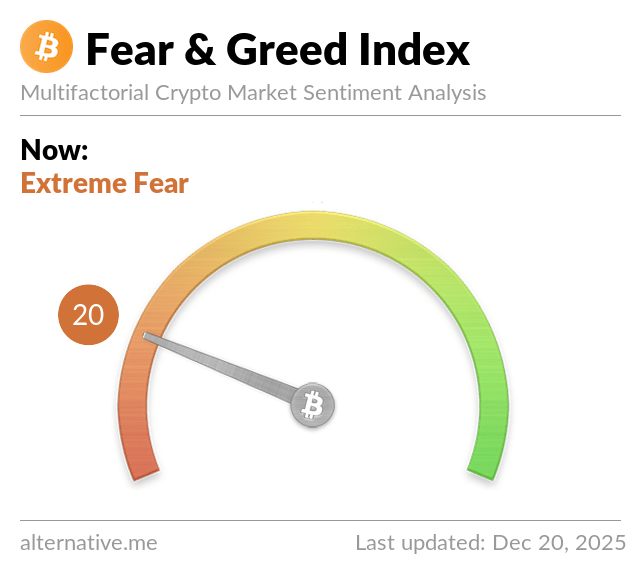Below is a monthly chart of the S&P500 showing the updated wave counts. We are currently in primary wave C of cycle wave X from the March/2009 low. Primary wave C began at the October/2011 low and is forming an ending diagonal. Major wave 4 of primary wave C ended at the recent low on November 15th. Major wave 5 of primary wave C is now in progress and should top in the 1st half of 2013 (most likely by the spring, especially February to April). The ending price of major wave 5 should be near the upper teal trendline and above the September/2012 top.
Monthly chart of S&P500, click to enlarge
Thursday, November 22, 2012
Friday, June 8, 2012
Two bullish possibilities for the US stock market, Updated 6/24/22 & 6/25/22
Based on other indicators I study as well as
EW, if the original cycle wave 4 count is still in force, then cycle wave 5 may be sharper in nature and could top within the next several months or by eoy 2022.
Otherwise, if the supercycle degree wave 4 is in force, wave 5 may be more gradual
and may not top until 2023-2024. With that count it would also be possible that supercycle wave 4 is not over as wave 4's tend to be sideways in nature. With that then the
most recent May 20th low could be wave A of supercycle wave 4 followed be multiple waves
which form that sideways count over a similar or shorter time scale.
In any of the above
scenarios, I believe the low of either wave 4 possibility has been made. Any drop below that low should be mild or brief.
Update 6/24/22:
The cycle degree wave 4 count as given previously is not looking like a likely resolution which now makes the supercycle degree wave 4 the best count. While the S&P500 cycle wave 4 has not overlapped with cycle wave 2, that did occur late last week on the CRSP US Total Market Index which is a main reason for the above change.
This does not change the supercycle degree wave 4 comments as given in the original 6/8/22 post shown above.
A lessor possibility is that the move up from the 2020 low to the 2022 high is a supercycle degree wave 5 (instead of sd wave 3). If so, It could be cd wave 1 of sd wave 5 and it may form an ending diagonal pattern with overlapping waves that count better as 3's rather than 5's. That type of formation would also be possible if sd wave 4 ended at the recent low.
Update 6/25/22:
As mentioned above, sd wave 5 could form an ending diagonal EW pattern. With that the initial cd wave 1 is the strongest and fastest wave if it is contracting - contracting is more common than expanding. This is shown in the 2nd chart below.
 |
| Monthly S&P 500 futures chart showing cycle degree wave count (purple labeling) and supercycle degree count (orange labeling). Click to enlarge. |
 |
| Update 6/25/22: Bi-monthly S&P 500 futures chart showing supercycle degree wave 5 as a contracting diagonal (blue labeling). |
Monday, May 21, 2012
S&P500 Update
Subscribe to:
Comments (Atom)











